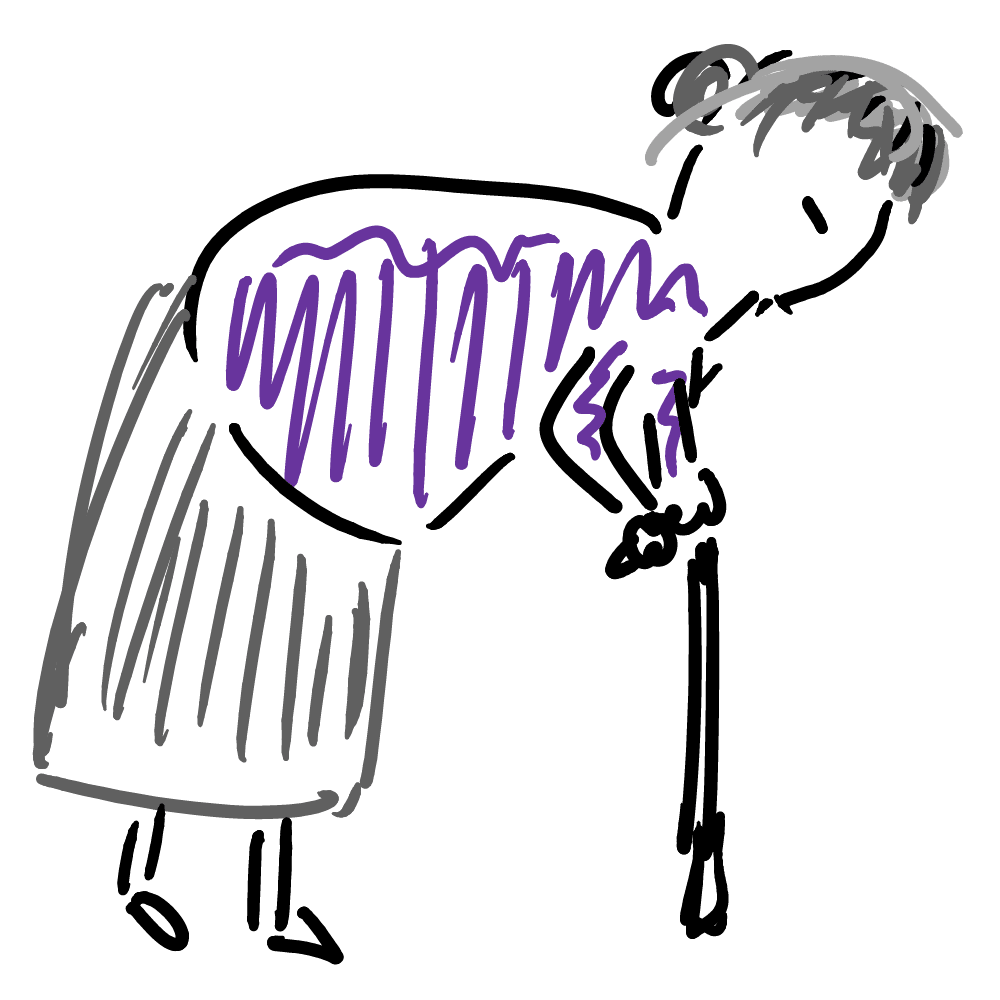False (third world) Consciousness
Response to presentation on public art
Art 149: Principles of Art
February 17, 2005
Yongho Kim
Assignment: Consider a favorite space in your life. … In a length of 1-2 pages, describe this place in detail, thinking especially about physical qualities of the site which conribute to your positive recollections. Can you draw any conclusions about these characteristics which might be transferable to other places and times?
My favorite space hangs with a photography of high school I always carry with me. In this essay, I will talk about the geopolitical aesthetics of the image.

This place is the narrow stretch of walkway starting at my high school’s secondary entrance that opens up to the main avenue of the city (Avenida Alemania). The second entrace faces a poorly paved car entrance with two high ceiled black doors. Once school is over, or if a group of senior students decide to take a “break”, we usually headed over this exit, wrangle with the door guard for a while if our choice was the latter, and decide between heading down the small parking lot or taking the path to the left, which led to this corridor. Students whose parents were affluent enough to purchase housing in the downtown residential area lived in the corridor’s direction, and those who were less so (but enough to pay the $2,000 per year tuition at this private southern baptist school) lived towards the commercial area, following the parking lot.
I mention this because I have sticked out my third-world citizenness as an ontological weapon throughout arguments held in classroom about ethics and U.S. foreign policy. When I cried out “you don’t really know poverty”, what loomed large in my mind were the soviet style, double room apartments lining up against the corridor, in which often a whole family lived. Students considered to be “boarding” (e.g. coming from smaller, rural cities) used to live here. It also helped that in Los Angeles, where I experienced the commuter’s life most intensely, these walkways for passebys were almost a curiosity, in a city dominated by the cars. Narrow corridors for walkers, poor neighborhoods to your right, vegetation uncared for to the left. Third world. Third world. Supposedly, I had a moral advantage over my (imaginedly) wealthy, upperclass (white) U.S. students/friends.
But what I was strategically ignoring was my own upper class background in this provincial city. I could afford to go to a school where many owned cabins and yachts at nearby resorts, towards the Andes mountains. After school was over, I walked towards the corridor and smelled the calm afternoon, while a few walked towards the parking lot and had to cross Avenida Caupolicán, which was part of the Panamerican/Interstate 5, in order to get to their jobs after school. I prenteded that jumping to a riding bus – a fairly controlled experience for young people – constituted the soul of the third world, that I did not enjoy as many privileges as others did.
The walkway out of school is a favorite place in my life for its imagined/ideological narratives of resistance embedded in the broken trees, poorly paved corridor, bichos popping up from the bush, apartments symbolic of economic class, vegetation uncared for, and those who walk the corridor. Imagined as poor. It is my favorite place for its inherent contradictions; a cue to remind me of how the “international” elites spend copious resources to cross national borders and then claim a fabricated identity of poverty at bourgeois institutions, namely Macalester Colleg; that part of the capital accumulated to send my parents as missionaries to Chile was obtained from the initial exploitation of south corean workers and the later economic imperial expansion to southeast Asia (Phillippines, Vietnam, Thailand, and so forth), that it doesn’t matter if I have been wearing this T-Shirt since junior high because it was still made with the blood and sweat of Indonesian migrant workers in Taiwan in the early 90’s. Or, the unjust treatment of workers on behalf of 국동 [Kukdong] Apparel Co. in México.
Teresa Heinz claims to be African American (without the dash) because she was born in Madagascar. She talks about the experience of being an african based on the simplicity of her life experiences. Climbing a tree, houses are open to everyone, etc. What is it with her class background, however? How did Heinz manage to cross national borders, and why does she claim to be a latina just because she speaks portuguese? To what is this an objectification of passive symbolic elements to the U.S. liberal middle class to fabricate cultural capital to be spent in political action?
Spaces, and the objects/experiences therein signified, are manipulated and contested in an everyday shaping of personal and group identities against dominantly coded expectations regarding poverty or femininity, as my photo of the corridor outside a private school in a provincial city in a third world nation, or Heinz’s claim of being a “true african” illustrate.

Leave a Reply